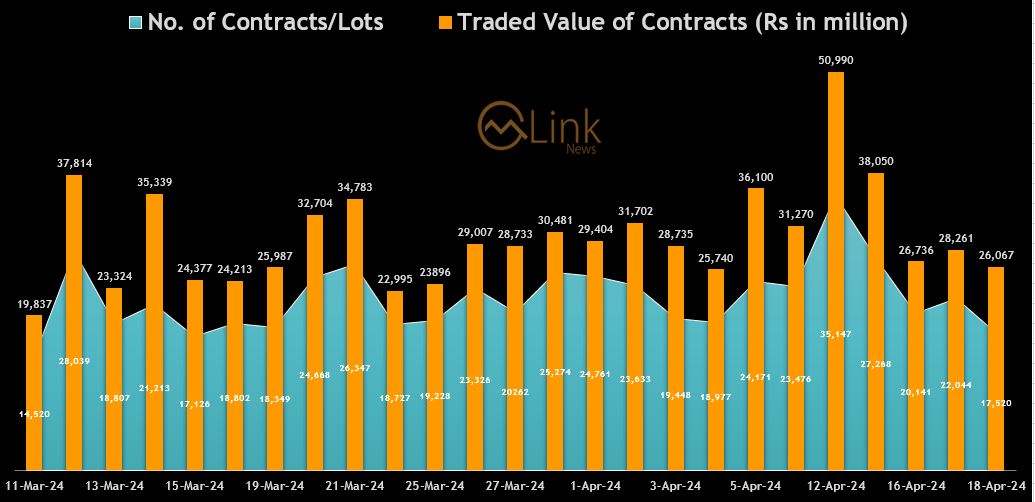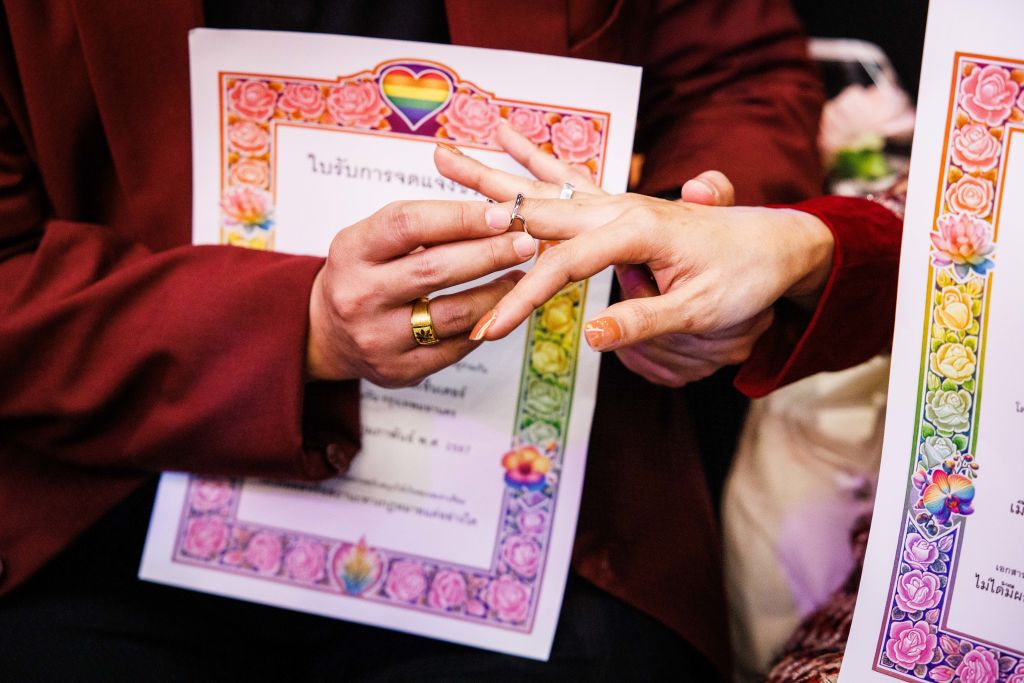The $1.9 trillion stimulus bill approved by the House of Representatives on Wednesday contains good news for parents: In addition to getting $1,400 stimulus checks for each dependent child, most parents will qualify for extra child tax credit money...
The $1.9 trillion stimulus bill approved by the House of Representatives on Wednesday contains good news for parents: In addition to getting $1,400 stimulus checks for each dependent child, most parents will qualify for extra child tax credit money for children 17 and younger.
10 FAQs About the Expanded Child Tax Credit
The American Relief Plan makes the current $2,000 child tax credit more generous for most parents. Families can receive up to $3,600 for each child under 6 and up to $3,000 for each child ages 6 to 17. President Joe Biden plans to sign the bill into law on Friday, March 12. We’ll update this post as we get more information.
1. Who qualifies for the expanded child tax credit?
Single parents making less than $75,000 a year, heads of household earning $112,500 and married couples earning less than $150,000 would qualify for:
$3,000 ($1,000 extra) for each child between the ages of 6 and 17. $3,600 ($1,600 extra) for each child younger than 6.The extra $1,000 or $1,600 would phase out at the same rate as the first stimulus check and second stimulus check: For every $1 you make above the income limits, the additional credit is reduced by 5 cents until it disappears completely.
2. Have the rules changed for people making over these amounts who normally qualify for the $2,000 tax credit?
No. If you make above the limits for the expanded credit, you can still qualify for the regular $2,000 child credit. Parents who are single receive the full $2,000 per child if their income is less than $200,000. Parents who are married receive the full $2,000 per child if their combined income is less than $400,000. For incomes above these limits, the credit gradually phases out.
3. When will we receive the payments?
Half of the credits will be sent out in monthly installments between July and December. Parents would receive the remaining half as a tax refund when they file their 2021 tax returns next year.
So a family that qualifies for the $3,000 credit with one 7-year-old would receive $250 monthly payments from July through December, and then get the remaining credit as a tax refund in 2022.
4. What tax returns are the payments based on?
Because payments won’t begin until July, they’ll be based on your 2020 tax return. Technically, though, they’re an advance on a tax credit for 2021.
The stimulus checks worked exactly the same way. The first two checks were an advance on a 2020 tax credit that were based primarily on 2019 income. The third check is an advance on a 2021 tax credit that will be based on your 2020 or 2019 return, depending on whether you’ve filed.
5. Who gets the credit if the parents are divorced or don’t live together?
The parent who claims the child on their 2020 tax return will receive the credit. However, for parents who take turns claiming a child on their tax returns, it’s unclear how this would work.
For stimulus checks, if Parent A claimed a child on their 2019 tax return, they received $1,100 worth of stimulus money during 2020 on the child’s behalf. If Parent B claimed the child for 2020, they’ll receive $1,100 as a tax refund.
6. Would babies born in 2021 qualify?
Yes, but their parents most likely would not receive monthly payments for July through December because the IRS won’t have any record of the child. Instead, parents would need to file a 2021 tax return next year and get the entire $3,600 as a refund.
7. Will I have to pay back the credit if I’m eligible for less based on my 2021 taxes?
Possibly. Singles with an income below $40,000, heads of household with an income below $50,000 and married couples earning $60,000 or less would be exempt from repaying any overpayment.
However, single filers earning more than $80,000, heads of households earning $100,000 and married couples earning $120,000 would have to repay the entire overpayment with their 2021 taxes.
8. Are 17-year-olds included?
Yes. The bill increases the age limit for child tax credits from 16 to 17.
9. Do you need earned income to get the credit as a refund?
No. Under the normal rules, only $1,400 of the $2,000 child credit is refundable, meaning you can receive up to $1,400 as a refund. To get that refund, you need at least $2,500 of earned income.
However, the temporary rules allow the entire credit of $3,000 (or $3,600 for kids under 6) to be refundable. You won’t need earned income to receive the refund.
10. Are these changes permanent?
No. While some Democrats are pushing to make these changes permanent, as things currently stand, they’ll only apply in 2021.
Robin Hartill is a certified financial planner and a senior writer at The Penny Hoarder. She writes the Dear Penny personal finance advice column. Send your tricky money questions to AskPenny@thepennyhoarder.com.
This was originally published on The Penny Hoarder, which helps millions of readers worldwide earn and save money by sharing unique job opportunities, personal stories, freebies and more. The Inc. 5000 ranked The Penny Hoarder as the fastest-growing private media company in the U.S. in 2017.













